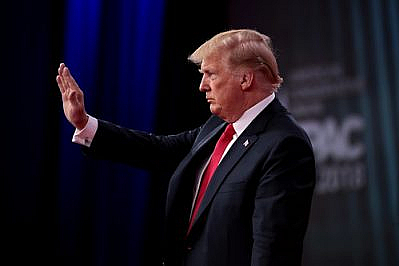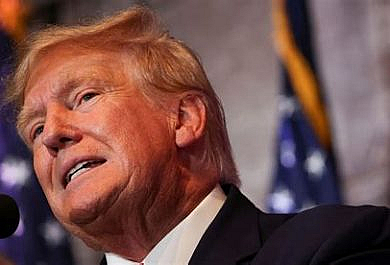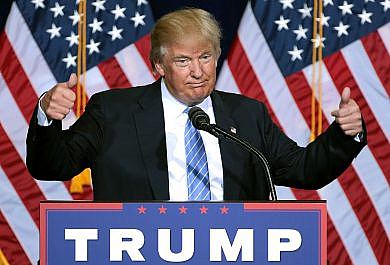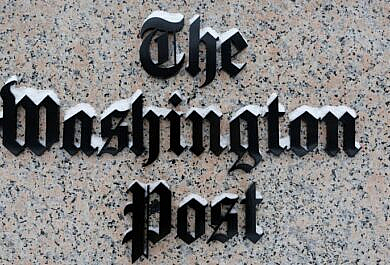Former President Donald Trump pleaded not guilty in a Miami federal court on Tuesday to charges that he refused to return classified government documents and lied to investigators. The arraignment was just the beginning.
Summary
Former President Donald Trump pleaded not guilty in a Miami federal court on Tuesday to charges that he refused to return classified government documents and lied to investigators. The arraignment was just the beginning.
- The legal battle is set to play out over the next year. Trump was released on his own recognizance and did not have to pay a cash bond.
- After the arraignment, there will be further hearings for the government to turn evidence over to the defense and to decide on what if any classified information could be admitted as evidence, all before the trial begins. This process could take months.
- Trump pleaded not guilty to 37 counts, including making false statements to investigators, violating the Espionage Act, and conspiracy. The conspiracy charges carry a maximum penalty of twenty years in prison, an especially daunting sentence for the 77-year-old former president.
- Trump stopped at a Cuban restaurant after his hearing and prayed with supporters, shook hands and was serenaded with “Happy Birthday” one day before his 77th birthday.
- After the arraignment, Trump returned to his club in Bedminster, New Jersey, and in a public address launched a torrent of invective at Special Counsel Jack Smith, calling him a “deranged lunatic” and a “thug.”
- Tuesday’s arraignment may not be the last. As the Washington Post reported, “Many in his circle believe more indictments are likely to come — Smith is also investigating the Trump campaign’s efforts to overturn the 2020 election, as is an Atlanta-area district attorney.”
![]()
- The New York Times described the remarkable scene where Trump and chief prosecutor Smith met in person for the first time. “A grim Donald J. Trump leaned back from the defendant’s table inside a jammed 13th-floor courtroom in Miami on Tuesday, jaw set, arms crossed, his back muscles tensing visibly under his dark suit jacket. About 20 feet away, in the second row of the visitors’ gallery, was Jack Smith, the special counsel who had put him there, alert and poker-faced.”
- The Washington Post observed that, given the timing of the legal process, Trump could face “the remarkable prospect of sitting at a defendant’s table for federal and state trials that may overlap with the presidential primaries or nominating conventions.”
- CNN covered Trump’s post arraignment speech in more detail. Trump “accused President Joe Biden and a band of misfits and Marxists of election interference and of mounting a political persecution typical of a fascist or communist nation. He also falsely insisted he had to the right to keep secret documents that were the property of the US government.”
![]()
- The Wall Street Journal covered Attorney General Merrick Garland’s defense of his decision to prosecute a former President and a leading presidential candidate for the first time in American history. “As I said when I appointed Mr. Smith, I did so because it underscores the Justice Department’s commitment to both independence and accountability,” Garland said.
- The New York Post covered the earthy assessment of Trump’s legal process from his former Chief of Staff, John Kelly. “He’s scared s–tless,” Kelly told the Washington Post.
- National Review noted the scene outside Trump’s arraignment was similar to his April arraignment in New York: small crowds of supporters outnumbered by hundreds of reporters. Despite widespread coverage of possible violence, there was none.
© Dominic Moore, 2023






